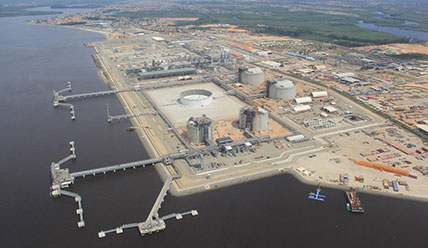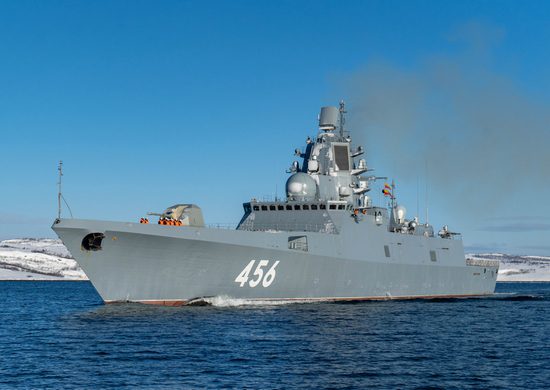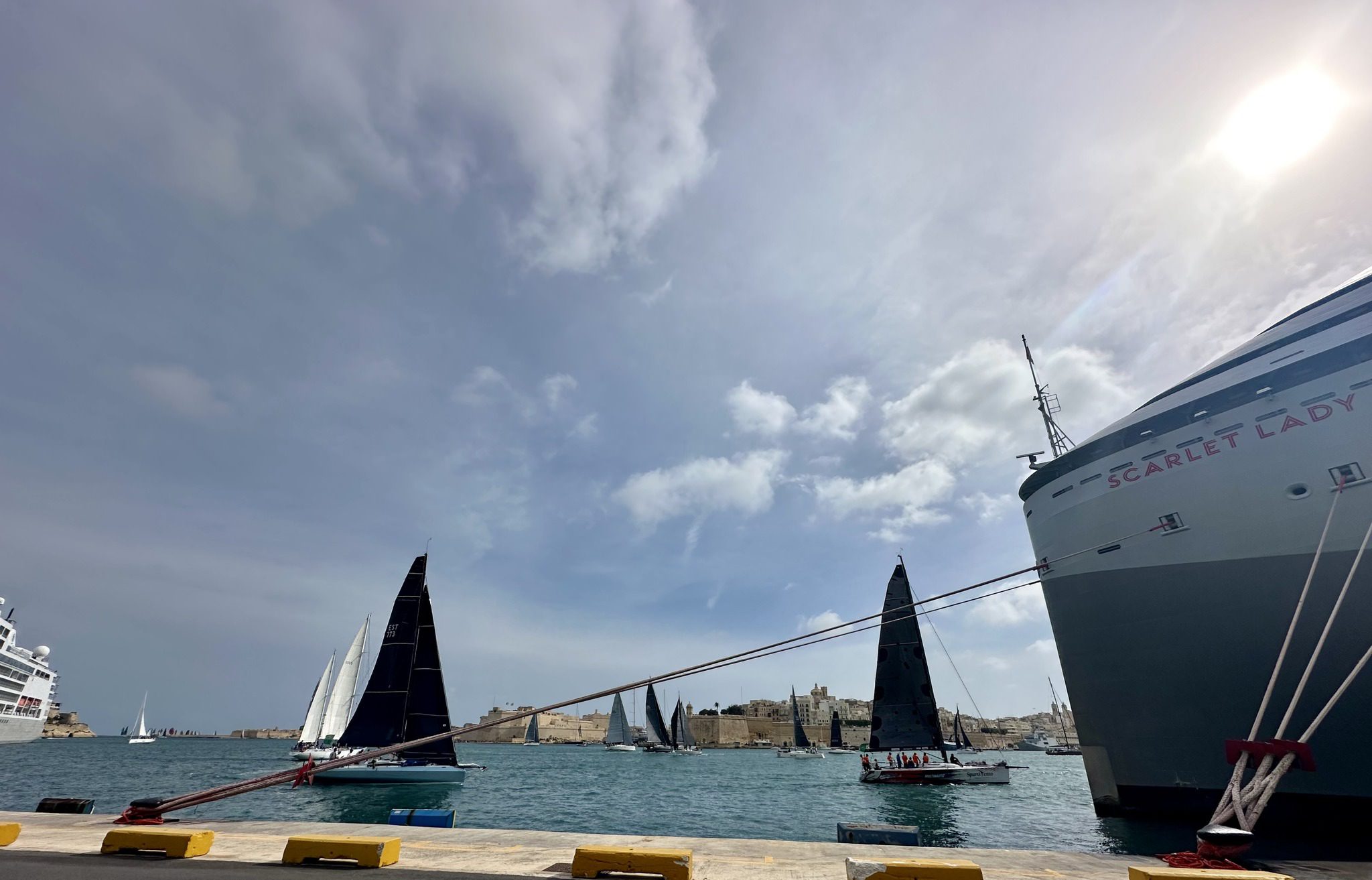A liquefied natural gas plant in Soyo, Angola, image: Chevron
June 16 (Bloomberg) — Chevron Corp.’s $10 billion Angola LNG plant shipped its first cargo today after an 18-month delay prompted by fires, labor shortages and U.S. shale drilling that erased demand for African fuel in the world’s largest gas market.
The shipment of gas that was cooled to -256 degrees Fahrenheit (-160 degrees Celsius) to shrink its volume was sold to state-owned Sonangol EP for transport to Brazil aboard the ship Sonangol Sambizanga, Artur Pereira, chief executive officer of Angola LNG Marketing, said in an e-mailed statement today. A “large number” of LNG sales from the plant have been signed or are in negotiation, the London-based company said.
Chevron, the world’s third-largest energy company by market value, has made LNG a linchpin of its goal to raise its worldwide output by 20 percent through the end of 2017 to the equivalent of 3.3 million barrels of crude a day. The company is spending more than $77 billion on two LNG projects in Australia, and in December acquired a 50 percent stake in the proposed Kitimat LNG terminal on Canada’s Pacific Coast.
“First gas at Angola LNG is an important milestone in support of our strategic plan to grow our production,” George Kirkland, vice chairman of San Ramon, California-based Chevron, said in a statement distributed by Business Wire today. “This project will commercialize natural gas resources in western Africa to meet growing demand in the region and internationally.”
Shipments Planned
Production at the liquefaction plant, with a capacity of 5.2 million metric tons a year, was postponed because of fires, pipeline collapses and a lack of skilled workers, three people with knowledge of the situation said last month.
The facility in Soyo in northern Angola plans one or two shipments in June and July before performing checks on its systems and resuming output in the fourth quarter, said the people, who asked not to be identified because the information isn’t public.
Global LNG demand is expected to exceed production around the end of this decade with the deficit growing to 100 million metric tons a year by 2025, Chevron Chairman and Chief Executive Officer John Watson said in a presentation to analysts in New York on March 12. Demand for the fuel will increase at an estimated average rate of 15 million tons a year through 2025, led by growth in Asian nations such as Japan, South Korea and Taiwan, Watson said.
Reduced Flaring
“Angola LNG is entering the market at an exciting time,” Pereira said. “The world LNG market is expected to remain tight over the coming years, with very limited new LNG capacity.”
Chevron is Angola LNG’s biggest largest shareholder with a 36.4 percent stake. BP Plc, Eni SpA and Total SA each hold 13.6 percent, while Sonangol has 22.8 percent.
“Angola LNG’s vision is to be a reliable and competitive supplier, a strong community partner, and a role model for the economic development of Angola,” Sonangol Chairman Antonio Órfao said in the same e-mail. “The project provides a solution to minimize flaring and environmental pollution by gathering associated gas from Angola’s offshore oil fields.”
Angola produced 1.87 million barrels of oil a day in May, equal to Nigeria, according to data compiled by Bloomberg. Chevron and its partners built Angola LNG in part to market gas that otherwise would have been burned off because of the lack of a local demand for the fuel.
Exxon Mobil Corp. is the world’s largest energy company by market value, followed by PetroChina Co., according to data compiled by Bloomberg.
– Colin McClelland and Joe Carroll, Copyright 2013 Bloomberg.
Unlock Exclusive Insights Today!
Join the gCaptain Club for curated content, insider opinions, and vibrant community discussions.

 Join The Club
Join The Club











